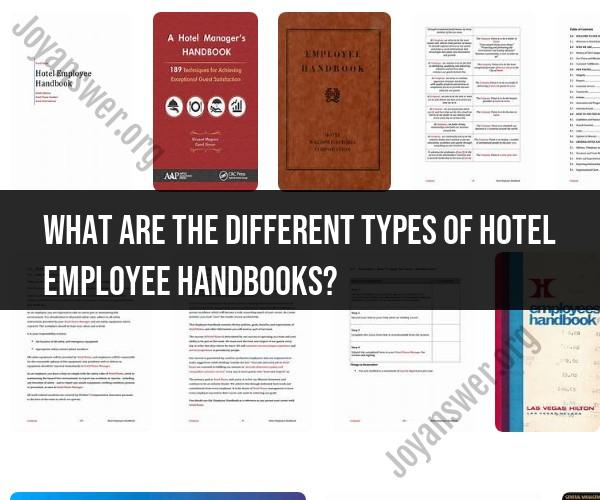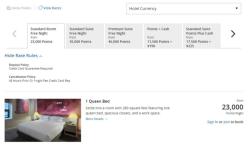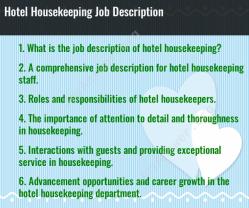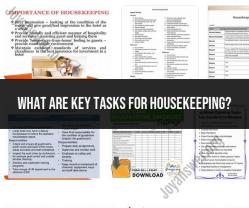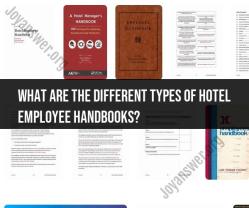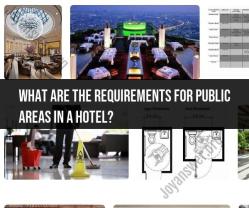What are the different types of hotel employee handbooks?
Hotel employee handbooks come in various types and formats, depending on the size of the hotel, its policies and procedures, and its specific needs. Here are some common types of hotel employee handbooks:
General Employee Handbook:
- This type of handbook covers essential information that applies to all hotel employees, regardless of their role or department. It typically includes policies on workplace conduct, dress code, attendance, and general HR procedures.
Department-Specific Handbooks:
- Larger hotels or hotel chains may have department-specific handbooks that provide additional guidelines and procedures tailored to individual departments, such as front desk, housekeeping, food and beverage, and maintenance. These handbooks may outline job-specific duties and responsibilities.
Safety and Security Handbook:
- Safety and security are paramount in the hotel industry. A safety and security handbook focuses on emergency procedures, fire safety, evacuation plans, and guidelines for handling guest and employee safety issues.
Food and Beverage Handbook:
- Hotels with on-site dining facilities often have a separate handbook for food and beverage employees. This handbook covers food handling procedures, alcohol service policies, health and safety regulations, and hygiene standards.
Guest Services Handbook:
- This handbook is designed for employees who interact directly with guests, such as front desk staff, concierge, and bellmen. It includes guidelines for providing excellent customer service, handling guest complaints, and managing reservations.
Housekeeping Handbook:
- Housekeeping staff have unique responsibilities related to cleaning and maintaining guest rooms and public areas. A housekeeping handbook outlines cleaning procedures, room setup standards, and laundry operations.
Human Resources Handbook:
- Some hotels have a dedicated HR handbook that provides information about employment policies, benefits, leave policies, and procedures for handling workplace issues, such as grievances and disciplinary actions.
Code of Ethics or Conduct Handbook:
- This handbook outlines the hotel's ethical standards and principles of conduct for employees. It may cover topics like conflicts of interest, confidentiality, and anti-discrimination policies.
Union Handbook (if applicable):
- In unionized hotels, there may be a separate handbook or collective bargaining agreement (CBA) that outlines the terms and conditions of employment negotiated between the hotel management and the union.
Health and Safety Handbook:
- This handbook focuses on health and safety protocols, including guidelines related to handling hazardous materials, using protective equipment, and following OSHA (Occupational Safety and Health Administration) regulations.
Technology and IT Handbook:
- Hotels increasingly rely on technology for various operations, including reservations, guest services, and security. A technology or IT handbook may provide guidance on using hotel-specific software and equipment.
Training and Development Handbook:
- Some hotels have dedicated handbooks for employee training and development, outlining the training process, opportunities for advancement, and performance evaluation procedures.
The content and structure of these handbooks can vary widely between hotels and may be influenced by local laws, industry standards, and the hotel's unique policies and culture. It's essential for employees to familiarize themselves with the relevant handbooks and adhere to the guidelines and policies outlined within them to ensure a safe and productive work environment.
There are two main types of hotel employee handbooks:
- General employee handbooks: These handbooks cover all aspects of employment, including company policies and procedures, benefits, and compensation.
- Department-specific handbooks: These handbooks are designed for specific departments, such as housekeeping, food and beverage, or front desk. They provide more detailed information about the department's specific policies and procedures.
General employee handbooks typically include the following sections:
- Welcome and introduction: This section provides an overview of the company, its mission, and its values.
- Company policies and procedures: This section covers a wide range of topics, such as attendance, dress code, harassment, and discrimination.
- Benefits and compensation: This section outlines the company's benefits package and compensation structure.
- Employee rights and responsibilities: This section covers the employee's rights and responsibilities under the law and the company's policies.
Department-specific handbooks typically include the following sections:
- Department overview: This section provides an overview of the department, its goals, and its procedures.
- Job duties and responsibilities: This section outlines the specific duties and responsibilities of each position in the department.
- Department policies and procedures: This section covers the department's specific policies and procedures, such as safety procedures, customer service standards, and cash handling procedures.
Crafting an Effective Hotel Employee Handbook
When crafting a hotel employee handbook, it is important to consider the following:
- The needs of your employees: The handbook should be tailored to the needs of your employees and should provide them with the information they need to be successful in their jobs.
- The size and complexity of your hotel: The handbook should be proportionate to the size and complexity of your hotel. A large hotel with multiple departments may need a more comprehensive handbook than a small hotel with a single department.
- Your company's culture: The handbook should reflect the culture of your company. For example, if your company has a casual culture, the handbook should be written in a casual tone.
HR Essentials: The Various Types of Hotel Employee Handbooks
In addition to the two main types of hotel employee handbooks, there are a number of other types of handbooks that hotels may use, such as:
- New hire handbooks: These handbooks are designed for new hires and provide them with an overview of the company, its policies and procedures, and its benefits package.
- Training handbooks: These handbooks are designed to train employees on specific tasks or procedures. For example, a hotel might have a training handbook for new housekeeping employees or a training handbook for new front desk employees.
- Safety handbooks: These handbooks cover the hotel's safety policies and procedures.
- Policy handbooks: These handbooks cover specific company policies, such as the company's harassment policy or its anti-discrimination policy.
No matter what type of hotel employee handbook you are creating, it is important to make sure that it is comprehensive, up-to-date, and easy to understand. The handbook should also be accessible to all employees, regardless of their position or department.
